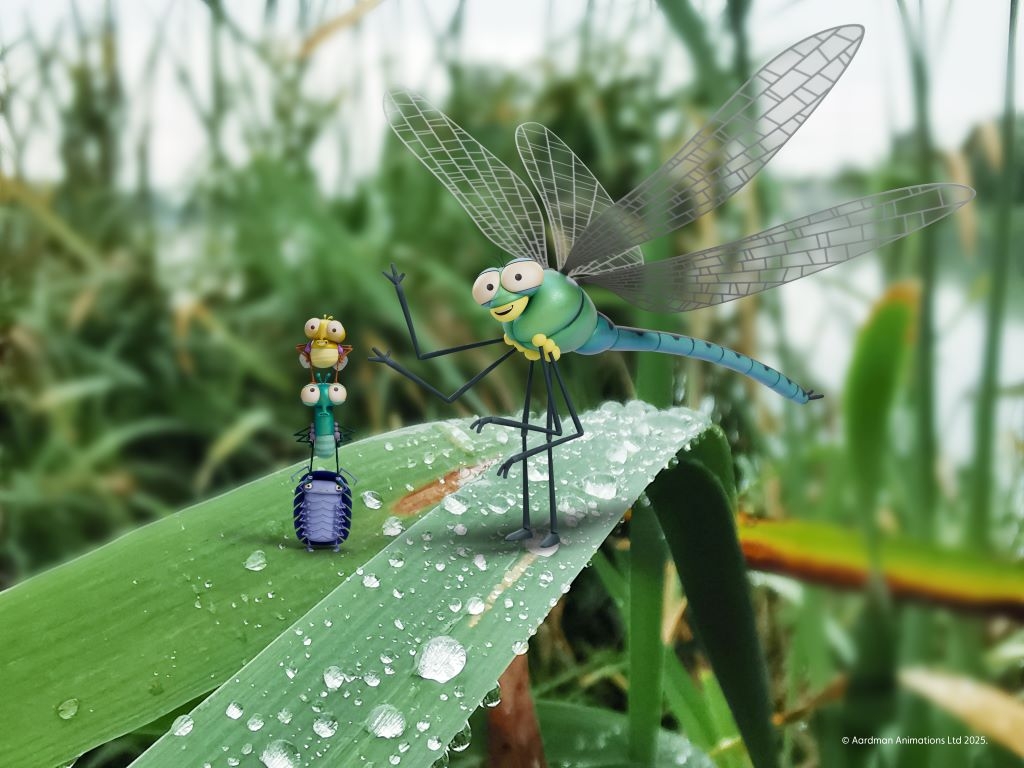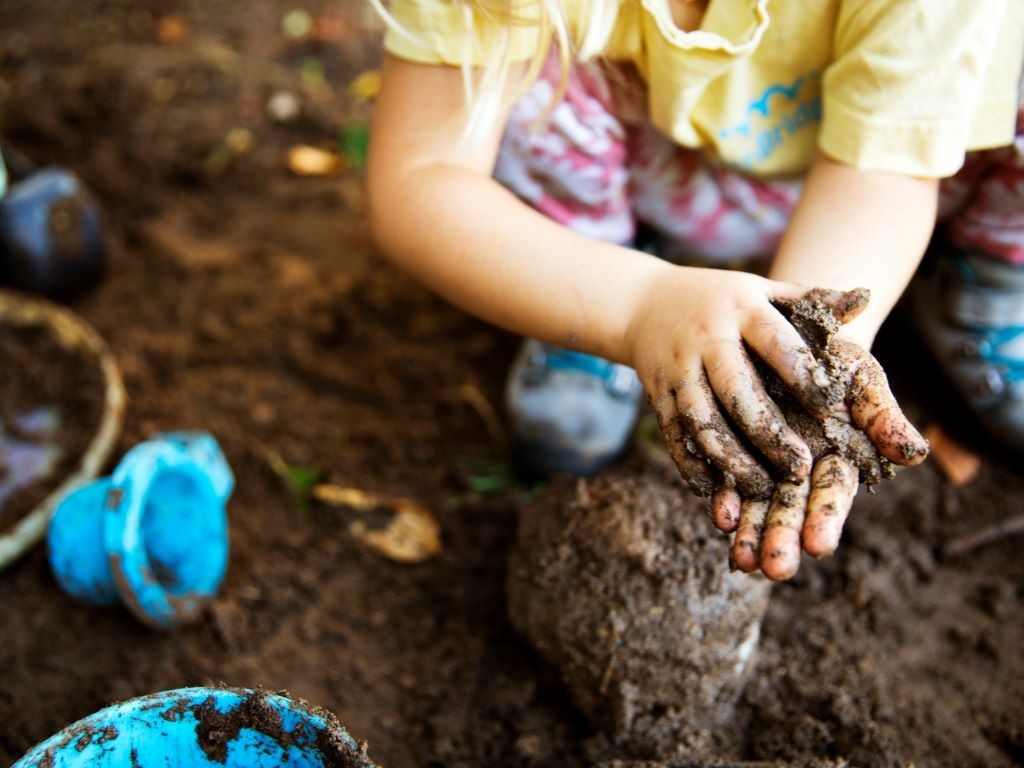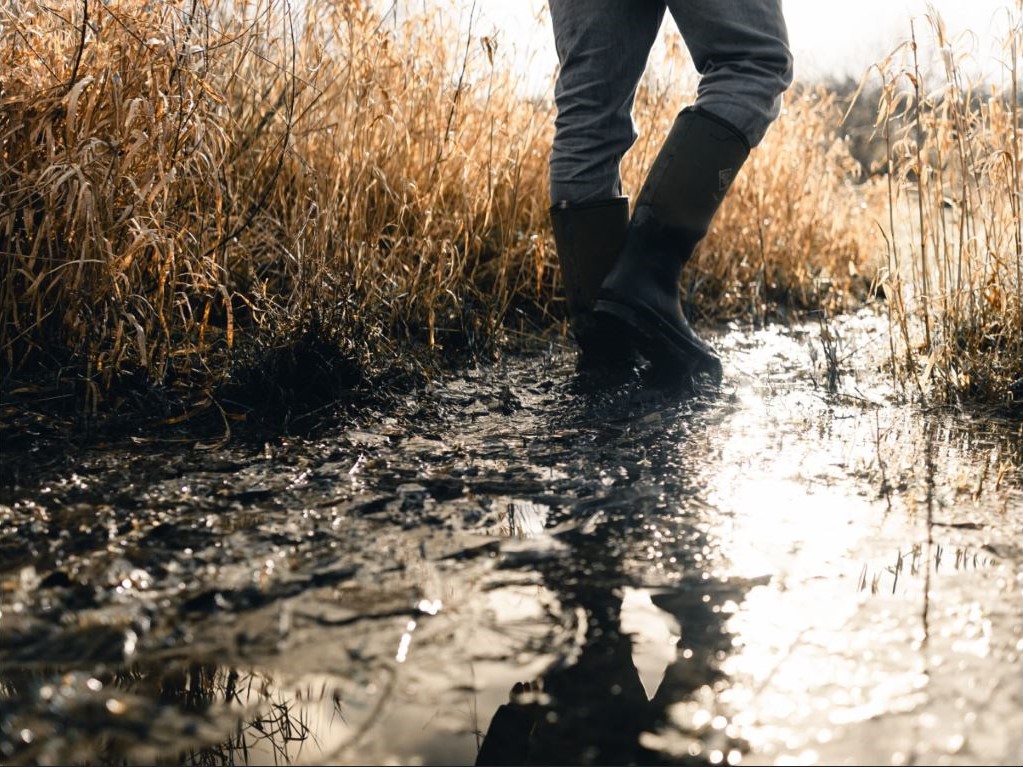New Sensory Garden and Courtyard Provide a Sensory Experience and Wildlife Haven at Castle Espie
Visitors to WWT Castle Espie Wetland Centre can experience a new multisensory oasis to relax and enjoy nature with the opening of two major developments, a Sensory Garden and Courtyard adjacent to the award winning Visitor Centre.
The Sensory Garden is divided into six distinct gardens exploring each of the five senses with a wildlife observatory and new bird feeding tables. The complementary Courtyard learning space allows visitors of all ages to study nature’s gardeners such as bees, ants and worms and understand their vital role in the ecosystem.
Gardens dedicated to stimulating the senses and linked by textured paths include a Rill Garden which captures rain water from the roof of the Visitor Centre and transfers it across a meandering rill to the Pond Garden, a Butterfly Garden with a range of plants to attract butterflies and insects and a Tactile Garden centred around a long established, spongy barked redwood tree with a range of shrubs and herbaceous plants with different foliage and seed pod textures.
Whilst much of the garden is a visual, audible and tactile experience the bounty from the Fruit Garden and Herb Garden will appeal to the sense of taste with produce being incorporated into the on-site Loughshore Café menu. The orchard has been planted with local varieties of apple which will blossom in Spring and bear fruit in the Autumn with seasonal soft fruit planted around the edges. A feature of the Herb Garden is a wonderfully fragrant chamomile bench bordered by bay trees and a variety of herbs.
The Sensory Garden provides an abundance of wildlife friendly gardening and planting ideas which visitors could replicate in their own gardens. It creates a wildlife corridor for frogs, newts and toads and several microhabitats including a butterfly bank, the orchard specifically planted to support pollinating insects and a creature tower in the Fruit Garden which is a high rise home to many different species.
A comfortable new Garden Hide on the edge of the garden overlooking the main lake and Strangford Lough includes colourful interpretation of identity patterns for birds regularly spotted from the hide and on the adjacent bird feeding stations. The hide provides a quiet vantage point to view waterfowl such as Mallard, Wigeon, Teal, Coot and perhaps Kingfisher.
The new Courtyard development has transformed a previously unused straw bale house into a Gardener’s Cottage learning space to watch the secret life of key garden workers through wormery and ant hill viewing panels.
Sarah Clarke, Centre Manager, WWT Castle Espie Wetland Centre said
“In creating this Sensory Garden and Courtyard it was our ambition to provide visitors to Castle Espie with a welcoming place to experience close contact with nature and wildlife in beautiful, tranquil surroundings. We see it as a special place to learn, relax, recuperate, explore and reflect.
These new facilities complement our existing offer with the addition of a new hide overlooking the main lake, the refurbishment of the straw bale house and Courtyard into an engaging learning space to be enjoyed by everyone and the creation of natural, social seating areas from which to enjoy all that the Sensory Garden provides.”
The Sensory Garden has been generously supported by Down Rural Area Partnership under the Rural Development Programme, Brian and Lena Cockroft, Dufferin Foundation, a legacy from the late Patricia Elizabeth Rose Hollebrand, an anonymous donor, The Esmé Mitchell Trust, Northern Ireland Environment Agency and Ulster Garden Villages Limited. The new Courtyard development has been made possible thanks to a grant from the Big Lottery Fund.
WWT Castle Espie worked with a number of volunteers in the creation of the garden and is keen to hear from anyone interested in gardening that could commit to volunteering one day per fortnight and assist with the conservation and cultivation of the Sensory Garden. For further information on volunteering opportunities contact Judith Francey Judith.francey@wwt.org.uk.



